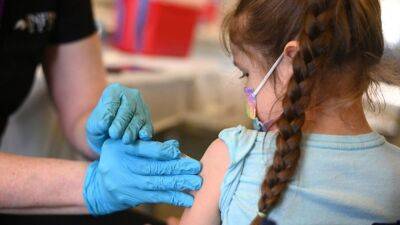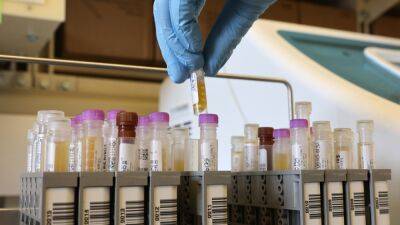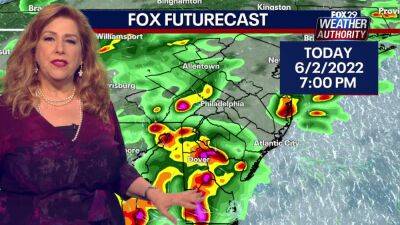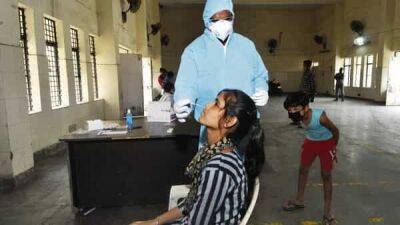Next pandemic will be caused by…: Experts reveal crucial data on animal to human virus transmission. 5 points
changing climate, that kind of process will be the reality in nature just about everywhere. This will bring greater opportunities for viruses like Ebola or coronaviruses to emerge in new areas, making them harder to track, making it easier for viruses to jump across a "stepping stone" species into humans. "At every step," said Carlson, "our simulations have taken us by surprise.
We've spent years double-checking those results, with different data and different assumptions, but the models always lead us to these conclusions.
It's a stunning example of just how well we can predict the future if we try." "We're closer to predicting and preventing the next pandemic than ever," says Carlson. "This is a big step towards prediction -- now we have to start working on the harder half of the problem." "The COVID-19 pandemic, and the previous spread of SARS, Ebola, and Zika, show how a virus jumping from animals to humans can have massive effects.
To predict their jump to humans, we need to know about their spread among other animals," said Sam Scheiner, a program director with the U.S.
Read more on livemint.com












































